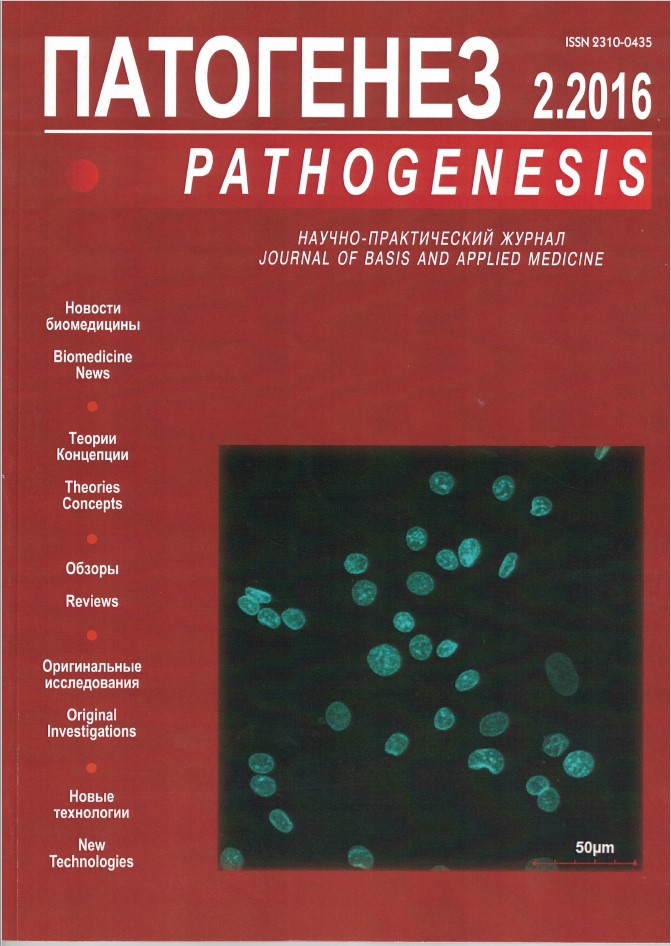Evaluation of radiation-induced apoptosis in bone marrow cells and changes in composition of the blood plasma of mice after exposure to submagnetosphere orbit (biosatellite BION-M No. 1)
Abstract
The paper presents the results of a study of the material obtained after exposure to submagnetospere orbit (biosatellite BION-M No.1) mice of C57BL/6N strain. The space craft was in a near-circular orbit (average altitude of 575 km, inclination 64.9 º) for 30 days. Total average absorbed dose for the entire flight was about 50 mGy. The blood plasma of mice of the flight group was investigated by the method of laser correlation spectroscopy (LCS). Bone marrow cells (BMC) were used for setting the scheme of radioadaptive response. The additional radiation load of 0.05 and 0.5 Gy caused a decline in the proportion of cells with apoptosis in the flight group. Chronic effects of space flight factors (vibration, radiation and weight lessness in a month) caused the development of radioadaptive response that was absent in the control group of mice. On the level of plasma homeostasis it was shown the increasing contribution of particles of 122.9—400.0 nm, which is probably a consequence of the destruction of the cells that were most sensitive to the mutagenic effects. Changes of plasma homeostasis during space flight are reversible.




